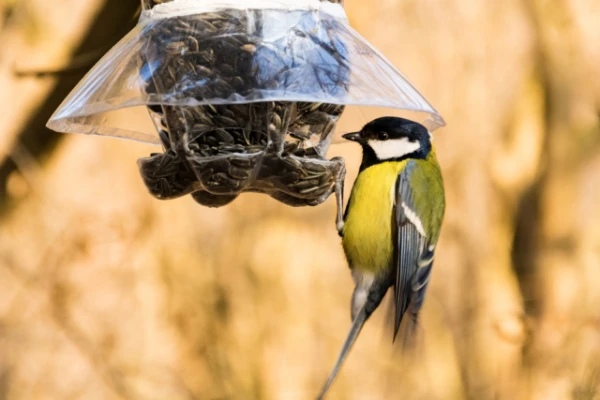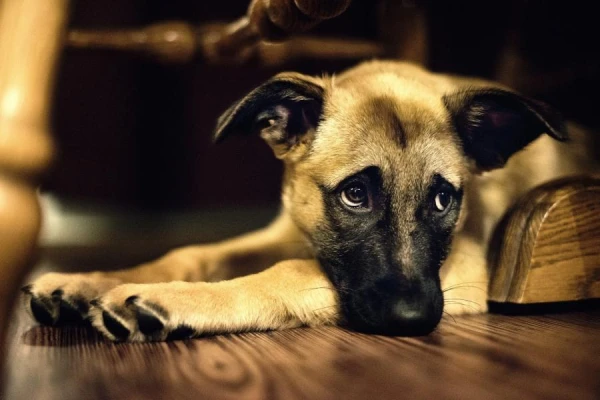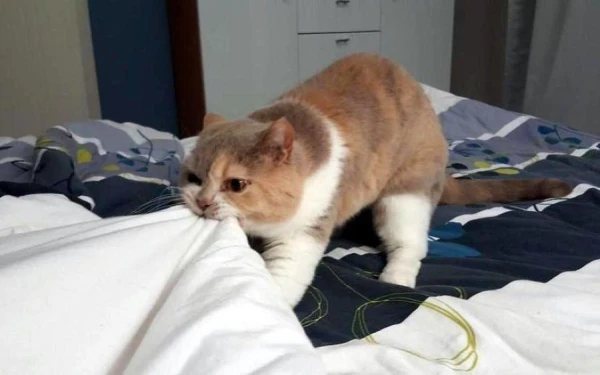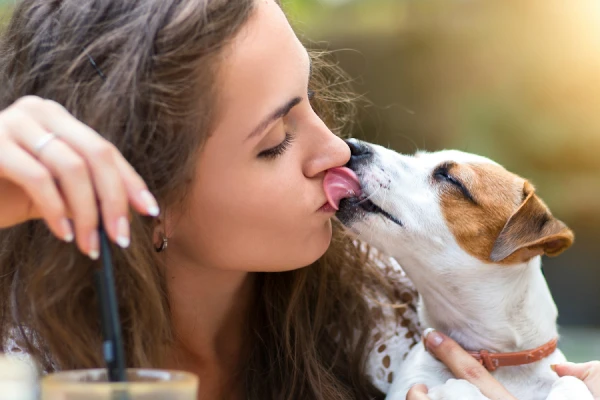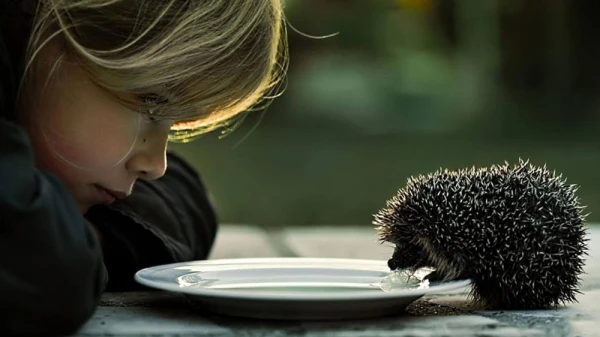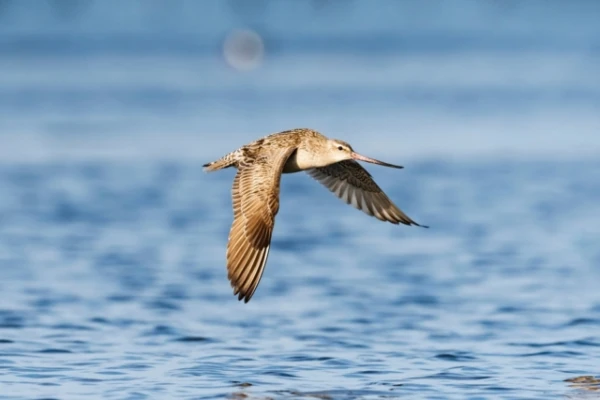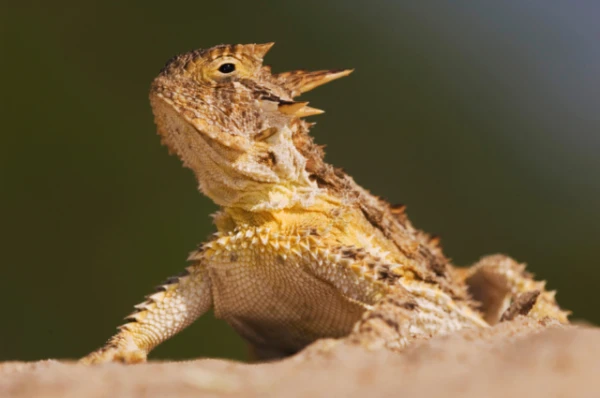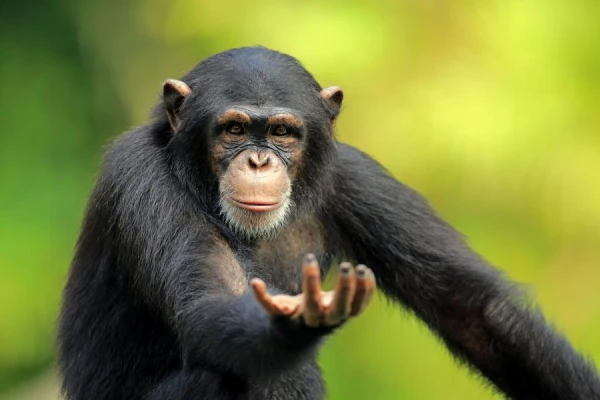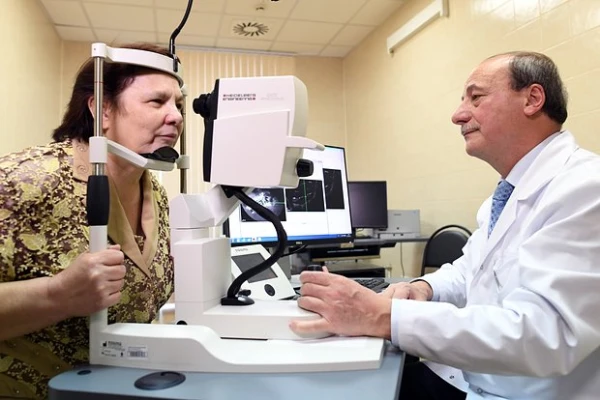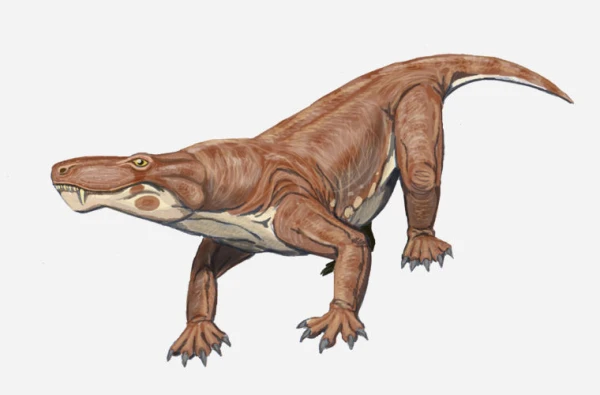
The history of our domestic pets began at the dawn of the Mesozoic era with the appearance of the first mammals, says Vladimir Novikov, an amateur paleontologist.
Triassic period. 240 million years ago. Teromorph (beast-like) reptiles, such as theriodonts (see illustration), dominate the land. In conditions of competitive struggle, some small therapsids are pushed into cool swamps and shady thickets, leading to a leap in adaptation.
Reptiles develop a fur coat, limbs are positioned under the body, warm blood supply develops, the brain increases in size, and young are fed by mammary glands. This is the cynodont — one of the first representatives of mammals on the planet (and therefore, the earliest ancestor of the cat).
The Triassic, Jurassic, and Cretaceous periods have passed, and due to global cooling, dinosaurs go extinct, but warm-blooded mammals survive and firmly take a dominant place in the future of the planet.
In the Oligocene epoch (25 million years ago), we see the progenitor of the cat family. This is Proailurus. Proailurus was of robust build, slightly larger than a domestic cat, weighing about 9 kg. It was characterized by a long body, long tail, and relatively short limbs. It had large eyes, sharp teeth, and claws. The claws were partially retractable. It spent a significant amount of time in trees.
And finally, the modern domestic cat (Felis catus) appears 130,000 years ago from two branches of cats — the forest (Felis silvestris) and the steppe (Felis lybica) cats.
